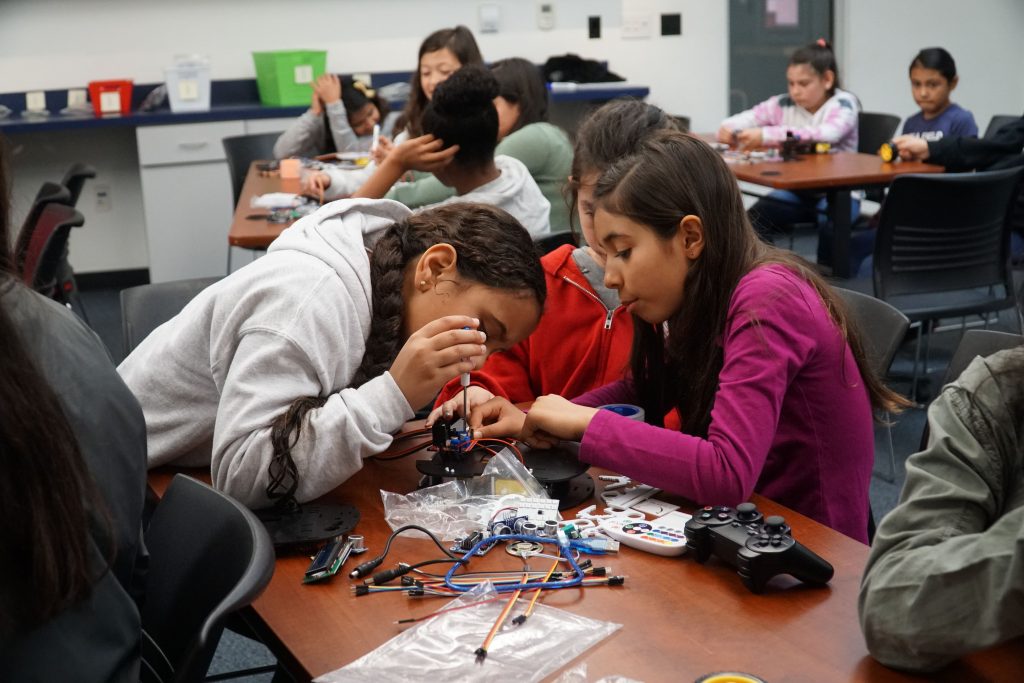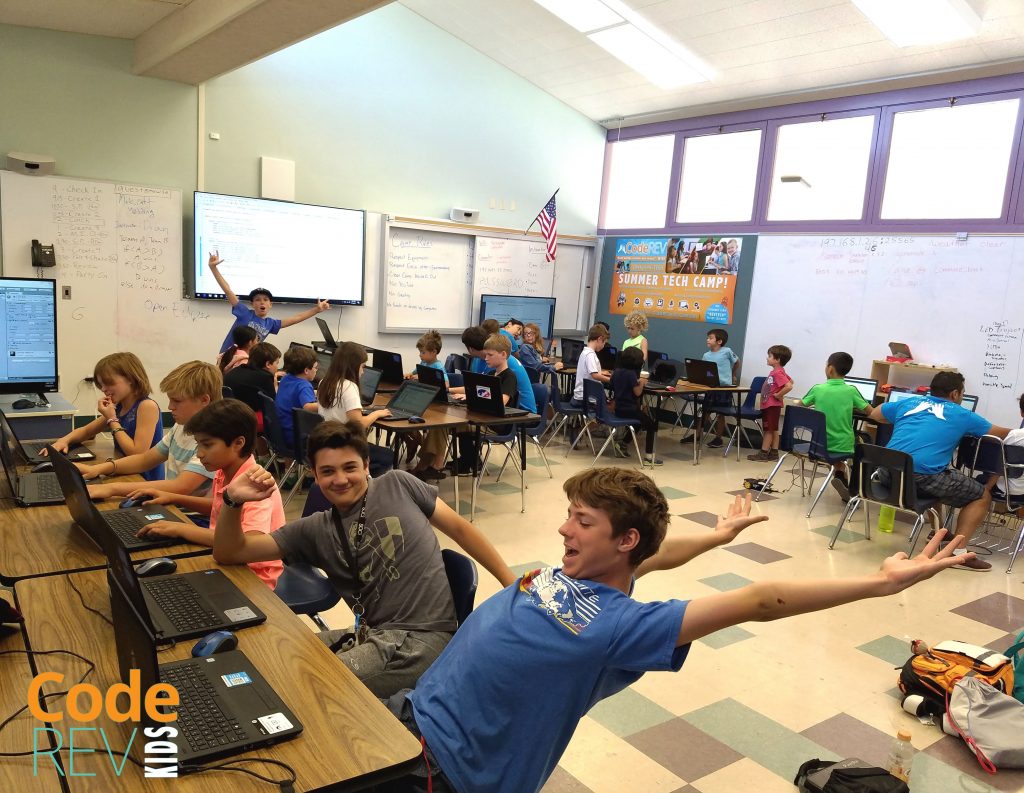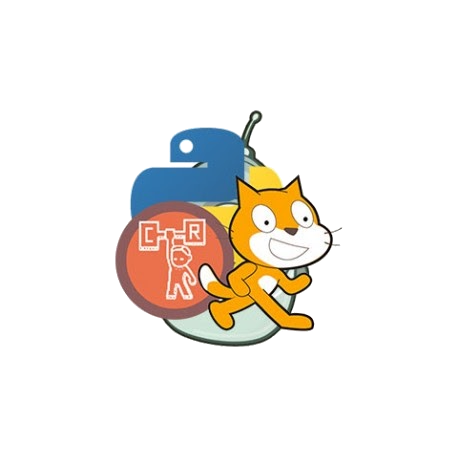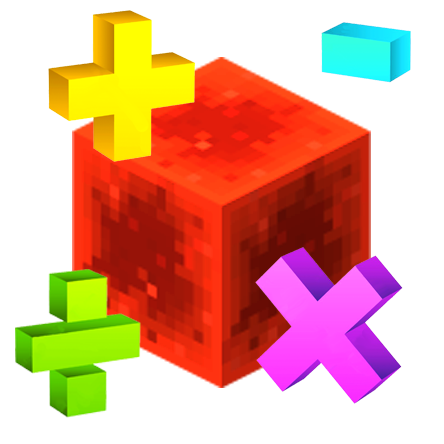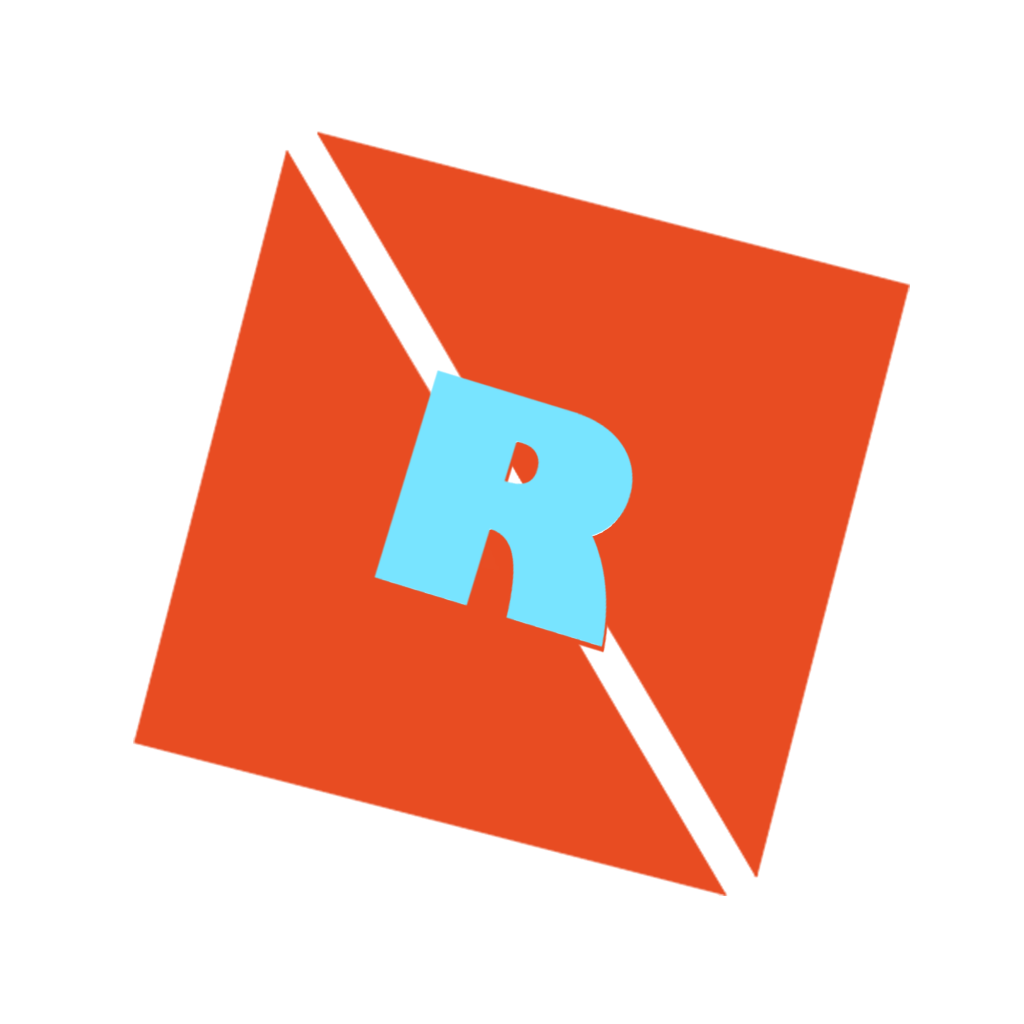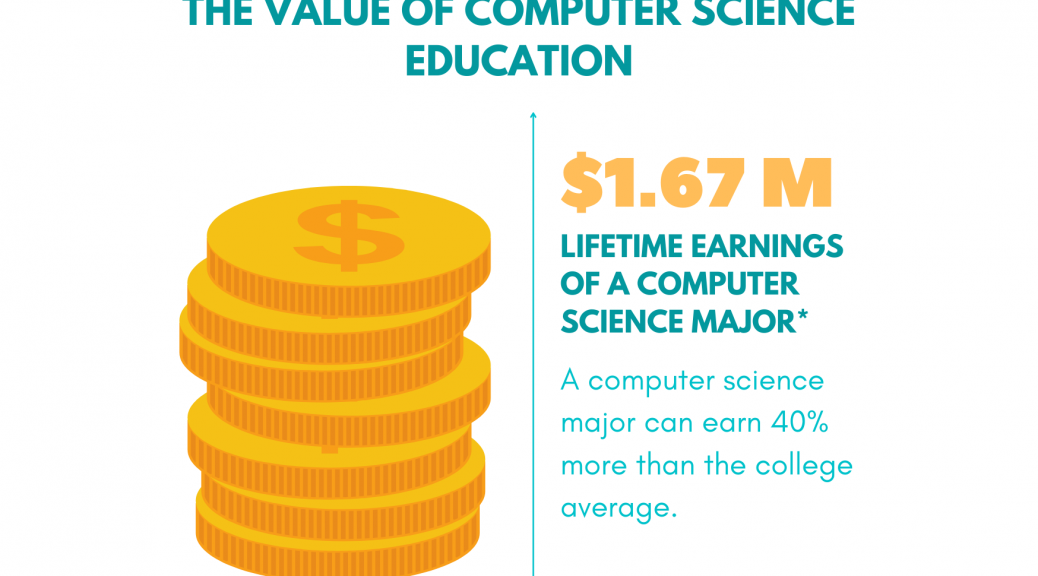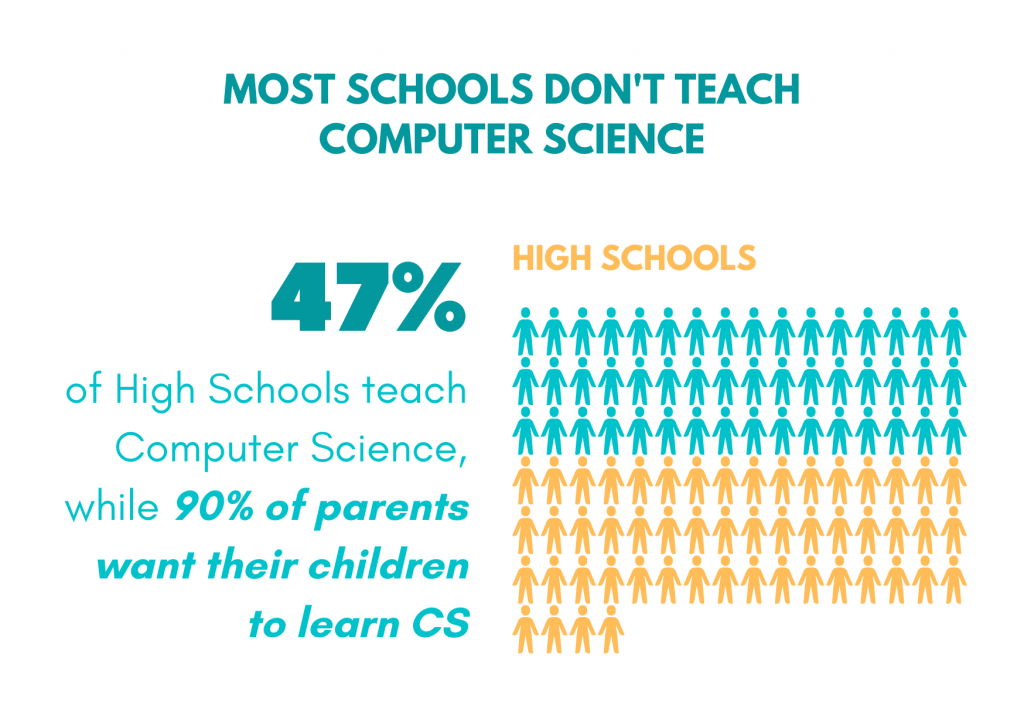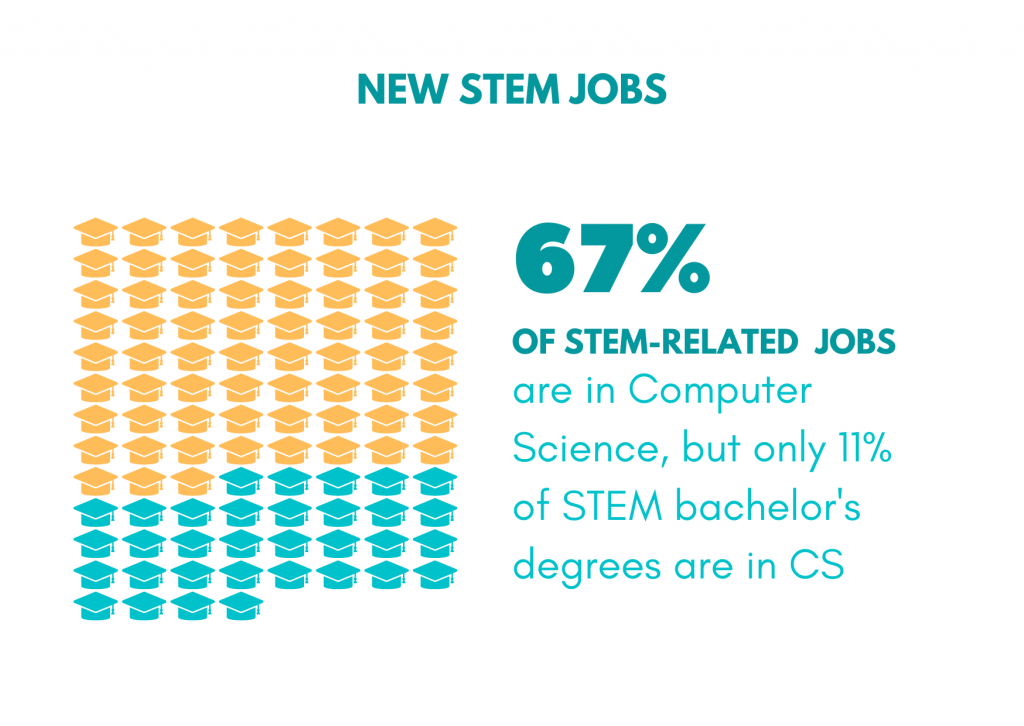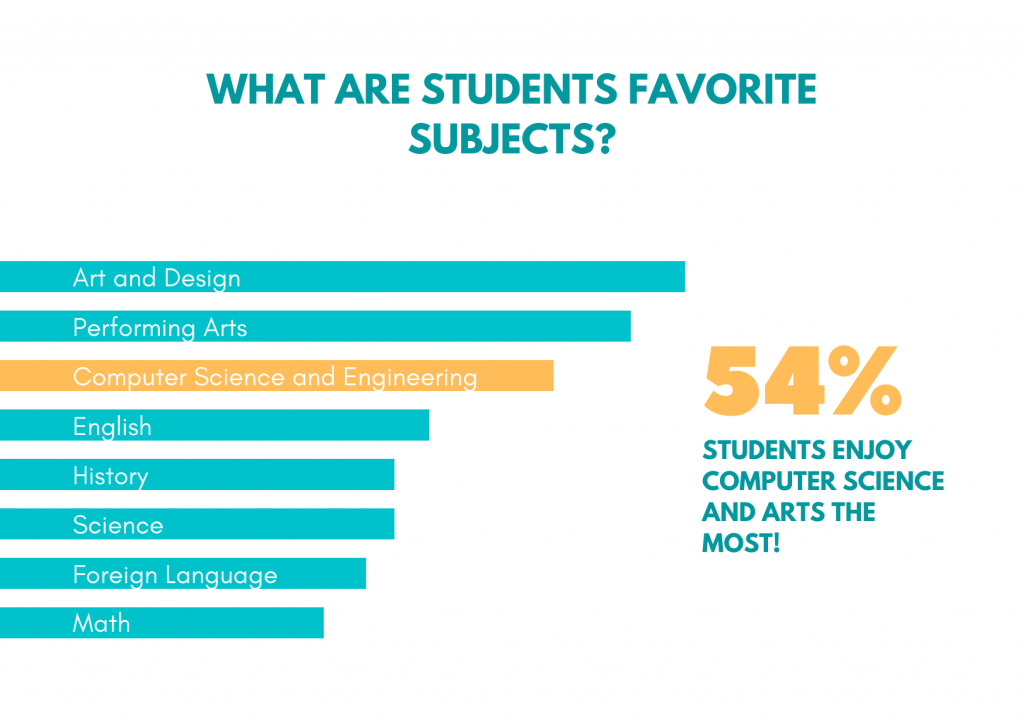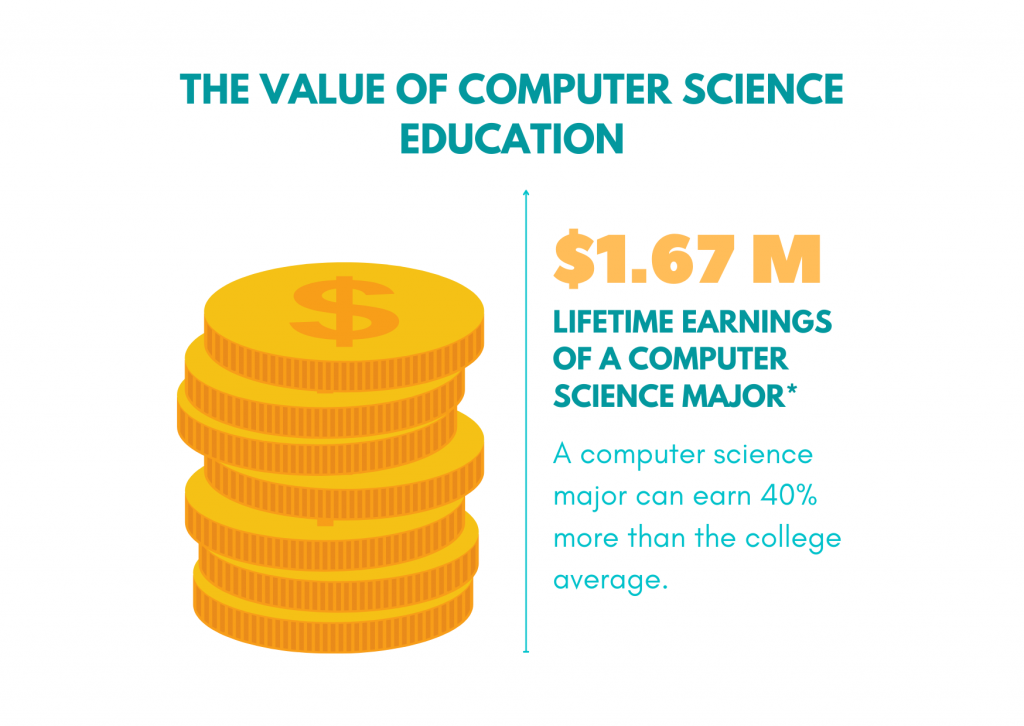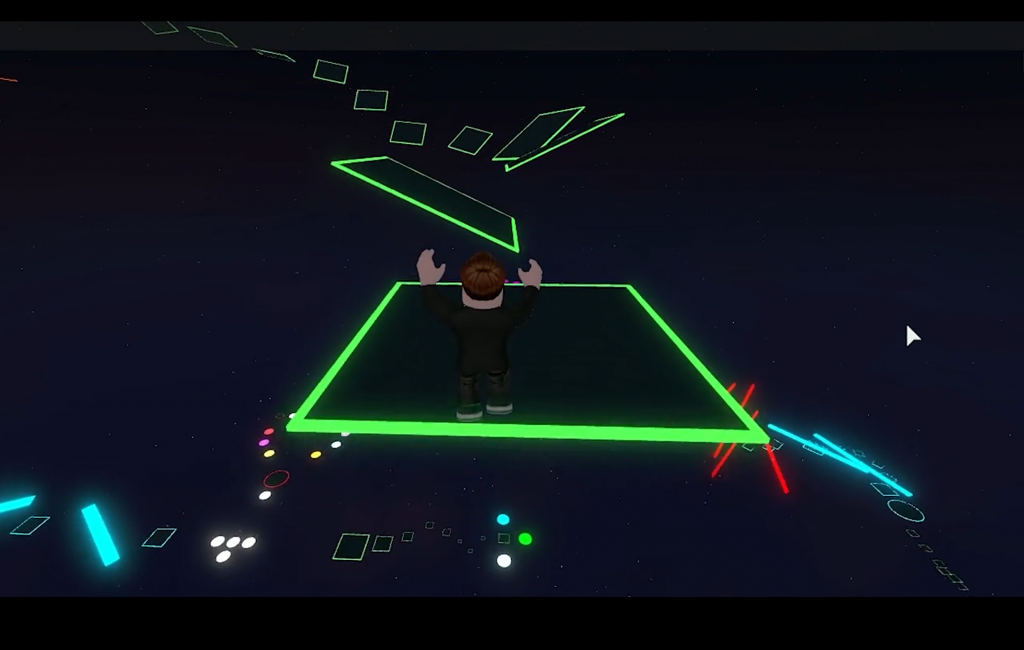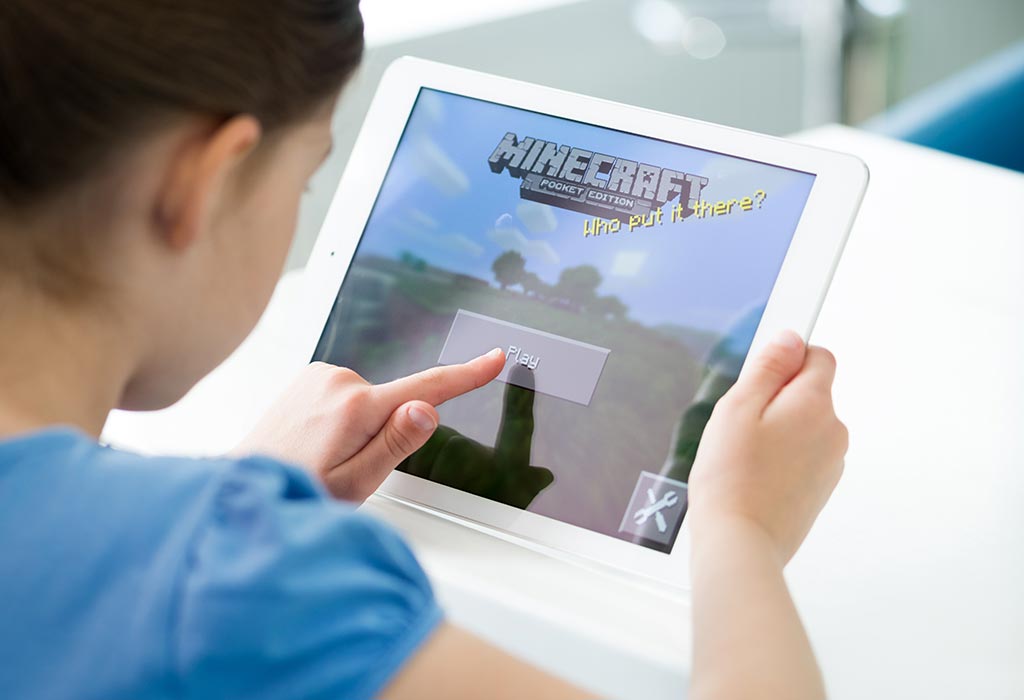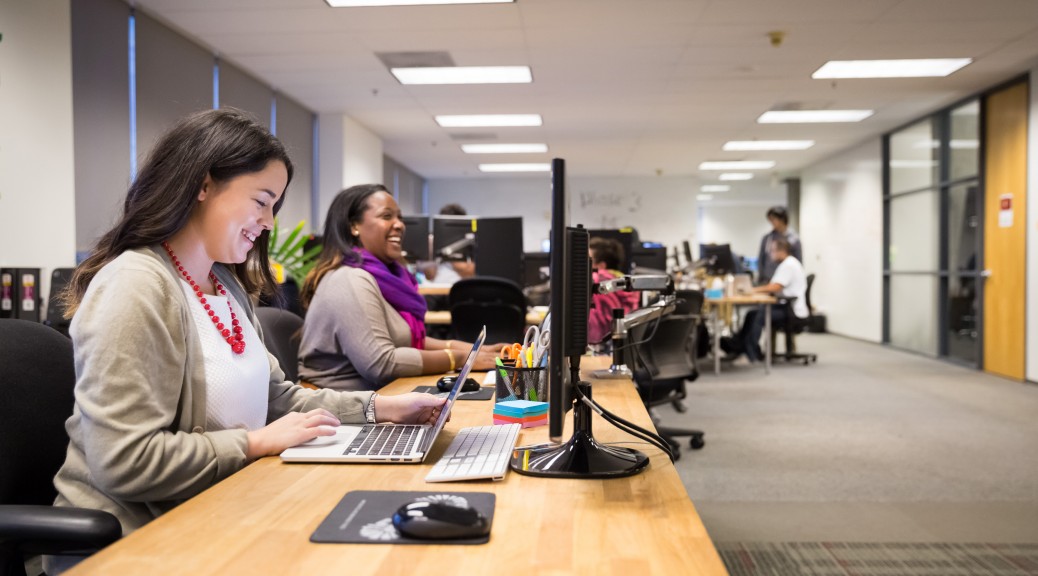In the ever-evolving landscape of education, one thing remains constant—the pivotal role of parent engagement in their child’s learning journey. Nowhere is this partnership more vital than in the realm of STEM (Science, Technology, Engineering, and Mathematics) education. When parents actively engage in their child’s STEM learning, the impact can be profound, leading to enhanced educational outcomes and a lifelong love for these subjects.
Why Parent Engagement Matters in STEM Education
Strengthening Learning at Home: When parents actively participate in STEM activities at home, they extend the learning experience beyond the classroom. Whether it’s conducting simple experiments or exploring STEM-themed books, these shared moments deepen a child’s understanding.
Fostering Curiosity: Parental involvement can ignite a child’s curiosity. Asking questions, encouraging exploration, and providing opportunities for hands-on learning can spark a lifelong interest in STEM subjects.
Building Confidence: Children thrive when they have a support system. When parents show interest in STEM, it boosts a child’s confidence to tackle challenging concepts and problems.
Creating a Positive Attitude: Parents can shape their child’s attitude towards STEM. By making STEM learning enjoyable and non-intimidating, parents can help dispel the myth that these subjects are difficult.

Tips for Fostering Parent-Teacher Engagement in STEM Education
As educators, we can help parents get more actively involved in their child’s STEM learning journey:
- Open Communication Channels: Establish clear lines of communication between teachers and parents. Regular updates on what’s happening in the classroom and how parents can support STEM learning at home are essential.
- Parent Workshops and Webinars: Host workshops and webinars specifically focused on STEM education. Provide parents with insights into the curriculum and tips for integrating STEM into daily life.
- STEM Family Nights: Organize STEM-themed family nights at school where parents can actively participate in hands-on STEM activities alongside their children.
- Encourage Questions: Promote a culture of asking questions. Encourage parents to reach out to teachers with any queries or concerns about STEM education.
- Resource Sharing: Share a list of recommended STEM resources, including books, websites, and educational apps that parents can explore with their children.
- Parent Volunteers: Invite parents with STEM expertise to volunteer in the classroom or assist with STEM-related extracurricular activities.
- Celebrate Achievements: Acknowledge and celebrate student achievements in STEM. Highlight the progress and successes of students in newsletters or school events.
In Conclusion
Parent engagement in STEM education is not just beneficial; it’s essential. When parents actively participate in their child’s STEM learning journey, they contribute to the development of young minds ready to embrace the challenges of the future. As schools, educators, and parents collaborate, we create a powerful foundation for inspiring the next generation of scientists, engineers, and innovators.
So, let’s continue fostering this invaluable partnership between schools and parents, knowing that together, we’re shaping the STEM leaders of tomorrow. Learn more of what we do at CodeREV.



